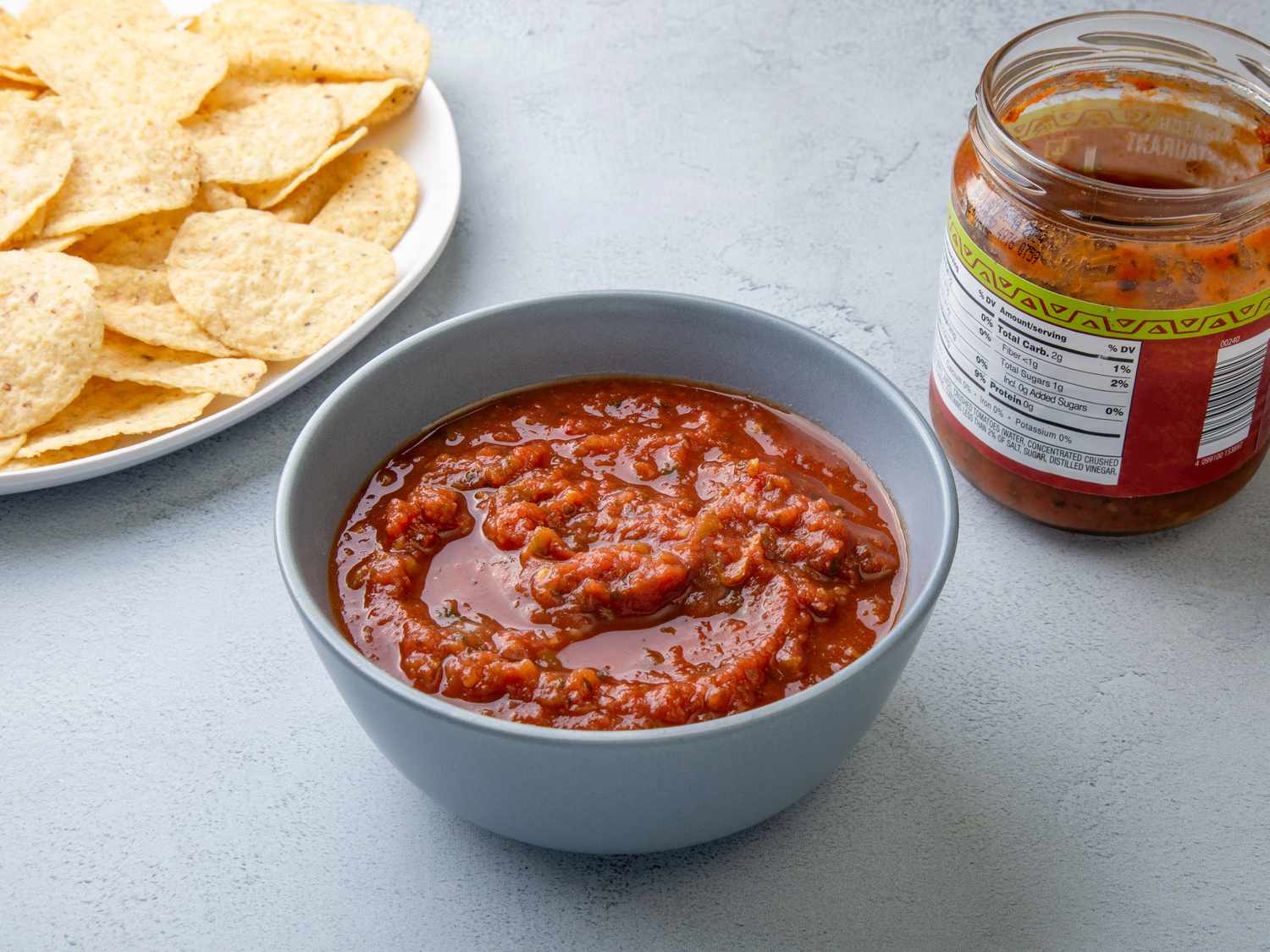

Articles
How To Store Fresh Salsa
Modified: February 27, 2024
Learn the best techniques for storing fresh salsa in this informative article. Keep your salsa tasting delicious with our expert tips and advice.
(Many of the links in this article redirect to a specific reviewed product. Your purchase of these products through affiliate links helps to generate commission for Storables.com, at no extra cost. Learn more)
Introduction
Welcome to our guide on how to store fresh salsa! Salsa is a popular and delicious condiment that can be made from a variety of ingredients, such as tomatoes, onions, peppers, and herbs. Whether you’ve made a large batch of homemade salsa or purchased it from the store, knowing how to store it properly is essential to maintain its freshness and flavor.
In this article, we will take you through step-by-step instructions on choosing the right ingredients, preparing the vegetables, mixing the salsa, and storing it correctly. We will also provide you with some tips on serving and enjoying your fresh salsa. So, let’s dive in and learn how to keep your salsa fresh and tasty!
Key Takeaways:
- Keep your salsa fresh by choosing high-quality ingredients, preparing them properly, and storing the salsa in an airtight container in the refrigerator. Enjoy within 3-5 days for the best flavor and texture.
- Serve and enjoy your fresh salsa at room temperature, customize the heat level, pair with tortilla chips, use as a topping, and get creative with flavor combinations. Salsa is a versatile condiment that adds a burst of flavor to any dish!
Read more: How To Store Salsa
Step 1: Choosing the right ingredients
The key to making a delicious and long-lasting salsa starts with selecting high-quality ingredients. Here are some tips for choosing the right ingredients:
- Tomatoes: Look for ripe tomatoes that are firm but slightly yielding to the touch. The color should be vibrant, and there should be no soft spots or blemishes.
- Onions: Choose onions that are firm and have a strong aroma. Red or white onions work well in salsa, but avoid using sweet onions as they can overpower the flavors.
- Peppers: Depending on your spice preference, you can choose from mild to hot peppers. Common options include jalapenos, serranos, or poblanos. Remember to remove the seeds and membranes for a milder taste.
- Herbs: Fresh cilantro and parsley are popular choices for adding a burst of flavor to salsa. Make sure they are fresh and vibrant in color.
- Lime: Freshly squeezed lime juice adds tanginess to salsa and helps to preserve its freshness. Choose limes that are firm and have a slight give when squeezed.
By selecting fresh and high-quality ingredients, you’ll ensure that your salsa has the best taste and texture. Now that you have chosen the ingredients, let’s move on to the next step: preparing the vegetables.
Step 2: Preparing the vegetables
Once you have gathered all the necessary ingredients for your salsa, it’s time to prepare the vegetables. Follow these steps for optimal flavor and texture:
- Tomatoes: Start by washing the tomatoes thoroughly under cool water. Remove the stem and core, then dice them into small, bite-sized pieces. You can choose to peel the tomatoes if desired, but it’s not necessary.
- Onions: Peel the onions and dice them finely. If you prefer a milder flavor, you can rinse the diced onions under cold water or soak them in ice water for a few minutes before adding them to the salsa.
- Peppers: Wash the peppers and remove the stems, seeds, and membranes. Finely dice the peppers, keeping in mind that the size of the dice will affect the salsa’s texture and spiciness.
- Herbs: Rinse the cilantro and parsley under cold water to remove any dirt or debris. Pat them dry with a clean towel and finely chop the leaves. You can include the stems for added flavor if desired.
- Lime: Cut the lime in half and squeeze out the juice using a citrus juicer or by hand. Remove any seeds that might fall into the juice.
By properly preparing the vegetables, you’ll ensure that each bite of your salsa is filled with vibrant flavors and appealing textures. Now that the vegetables are ready, let’s move on to the next step: mixing the salsa!
Step 3: Mixing the salsa
Now that you have prepared the ingredients, it’s time to mix them together to create a flavorful and well-balanced salsa. Follow these steps to ensure a delicious result:
- Combine the vegetables: In a large bowl, combine the diced tomatoes, onions, peppers, and chopped herbs. Mix them together gently using a spoon or spatula.
- Add the lime juice: Squeeze the fresh lime juice over the vegetable mixture. Start with a smaller amount and taste as you go, adding more juice if desired. The lime juice will add a tangy brightness to the salsa.
- Season the salsa: Season the salsa with salt and pepper to taste. You can also add other seasonings such as cumin, chili powder, or garlic powder, depending on your preferences. Experiment with different spices to find your perfect blend of flavors.
- Optional additions: If you like a bit of sweetness in your salsa, you can add a small amount of sugar or honey. Additionally, if you prefer a spicier salsa, you can include some finely chopped jalapeno or chili pepper.
- Mix well: Use a spoon or spatula to mix all the ingredients together thoroughly. Make sure that the flavors are well distributed throughout the salsa.
By following these steps, you’ll achieve a well-mixed salsa that has a harmonious balance of flavors. Now that you have mixed the salsa, it’s time to learn how to store it properly in the next step.
Store fresh salsa in an airtight container in the refrigerator for up to 5 days. To prevent it from getting watery, place a paper towel on top of the salsa before sealing the container.
Step 4: Storing the salsa properly
After you’ve mixed your salsa to perfection, it’s important to store it correctly to maintain its freshness and flavor. Follow these guidelines for proper salsa storage:
- Choose the right container: Transfer your salsa to an airtight container. Glass jars or plastic containers with tight-fitting lids work well for storing salsa.
- Label and date the container: Use a marker or label to indicate the date you prepared the salsa. This will help you keep track of its freshness and ensure you consume it within a reasonable timeframe.
- Refrigerate promptly: Place the container of salsa in the refrigerator as soon as possible. Cold temperatures slow down the growth of bacteria and help preserve the salsa’s freshness.
- Keep it chilled: It’s important to store fresh salsa in the refrigerator, maintaining a temperature of 40°F (4°C) or below. This will ensure that the salsa stays fresh for longer.
- Consume within a few days: Fresh salsa is best enjoyed within 3 to 5 days of preparation. As time passes, the flavors may start to change, and the texture may become less desirable.
- Freeze for longer storage: If you have made a large batch of salsa and want to extend its shelf life, you can freeze it. Transfer the salsa to freezer-safe containers or freezer bags, leaving some room for expansion. Thaw frozen salsa in the refrigerator before consuming.
By following these storage guidelines, you’ll be able to enjoy your salsa for a longer period. Now that you know how to store the salsa properly, let’s move on to the final step: tips for serving and enjoying fresh salsa!
Read more: How To Store Homemade Salsa
Step 5: Tips for serving and enjoying fresh salsa
Now that you have stored your salsa properly, it’s time to bring it out and enjoy its fresh and vibrant flavors. Here are some tips for serving and enhancing your salsa experience:
- Serve at the right temperature: Before serving, allow your stored salsa to come to room temperature. This will help bring out the flavors and aromas.
- Customize the heat: If you prefer a spicier salsa, you can add additional chopped jalapenos or hot sauce to your serving. For milder palates, consider serving with a dollop of sour cream or Greek yogurt to balance the heat.
- Pair with tortilla chips: Salsa and tortilla chips go hand in hand. Serve your salsa with a variety of tortilla chips, including plain, flavored, or homemade chips for extra crunch.
- Use as a topping or condiment: Besides being a dip for chips, salsa can enhance the flavors of various dishes. Use it as a topping for tacos, nachos, grilled meats, or even scrambled eggs.
- Experiment with flavors: Don’t be afraid to get creative with your salsa. Add diced fruits like mango or pineapple for a sweet and tangy twist, or incorporate additional herbs and spices to customize the flavor profile.
- Refresh stale chips: If your tortilla chips have gone stale, you can revive them by spreading them on a baking sheet and baking them in the oven at 375°F (190°C) for a few minutes until crisp again.
- Enjoy as a refreshing side dish: Salsa can also be enjoyed as a refreshing side dish on its own. Serve it alongside grilled chicken or fish, or toss it with some cooked quinoa or couscous for a light and flavorful salad.
By following these tips, you’ll be able to savor and enjoy your fresh salsa in various ways. Remember, salsa is a versatile condiment that can add a burst of flavor to any dish!
With these five steps, you now have the knowledge to choose the right ingredients, prepare the vegetables, mix the salsa, store it properly, and serve it in the most delightful ways. So, go ahead and make some fresh salsa, store it correctly, and impress your family and friends with your homemade creation!
Enjoy!
Conclusion
Congratulations! You have successfully learned how to store fresh salsa to maintain its freshness and flavor. By following the steps outlined in this guide, you can ensure that your salsa stays delicious for a longer period of time. From choosing the right ingredients to properly preparing the vegetables, mixing the salsa, and storing it in the refrigerator, each step is crucial in maintaining the quality of your salsa.
Remember, fresh salsa is best enjoyed within a few days of preparation, so make sure to consume it before the flavors start to change. If you have made a larger batch, freezing your salsa can extend its shelf life, allowing you to enjoy it even longer.
Serving and enjoying fresh salsa is a delightful experience. Whether you are using it as a dip for tortilla chips, a topping for your favorite dishes, or even as a refreshing side dish, salsa adds a burst of flavor and freshness to your meals.
Feel free to get creative with your salsa by experimenting with different ingredients, flavors, and levels of heat. Add a touch of sweetness or extra spice to customize your salsa to your liking. The possibilities are endless!
Now that you are equipped with the knowledge of how to store and enjoy fresh salsa, it’s time to put it into practice. Impress your friends and family with your homemade salsa, and enjoy the vibrant flavors and textures that this versatile condiment has to offer.
So go ahead, gather your ingredients, follow the steps, and savor every bite of your homemade fresh salsa. Enjoy!
Frequently Asked Questions about How To Store Fresh Salsa
Was this page helpful?
At Storables.com, we guarantee accurate and reliable information. Our content, validated by Expert Board Contributors, is crafted following stringent Editorial Policies. We're committed to providing you with well-researched, expert-backed insights for all your informational needs.

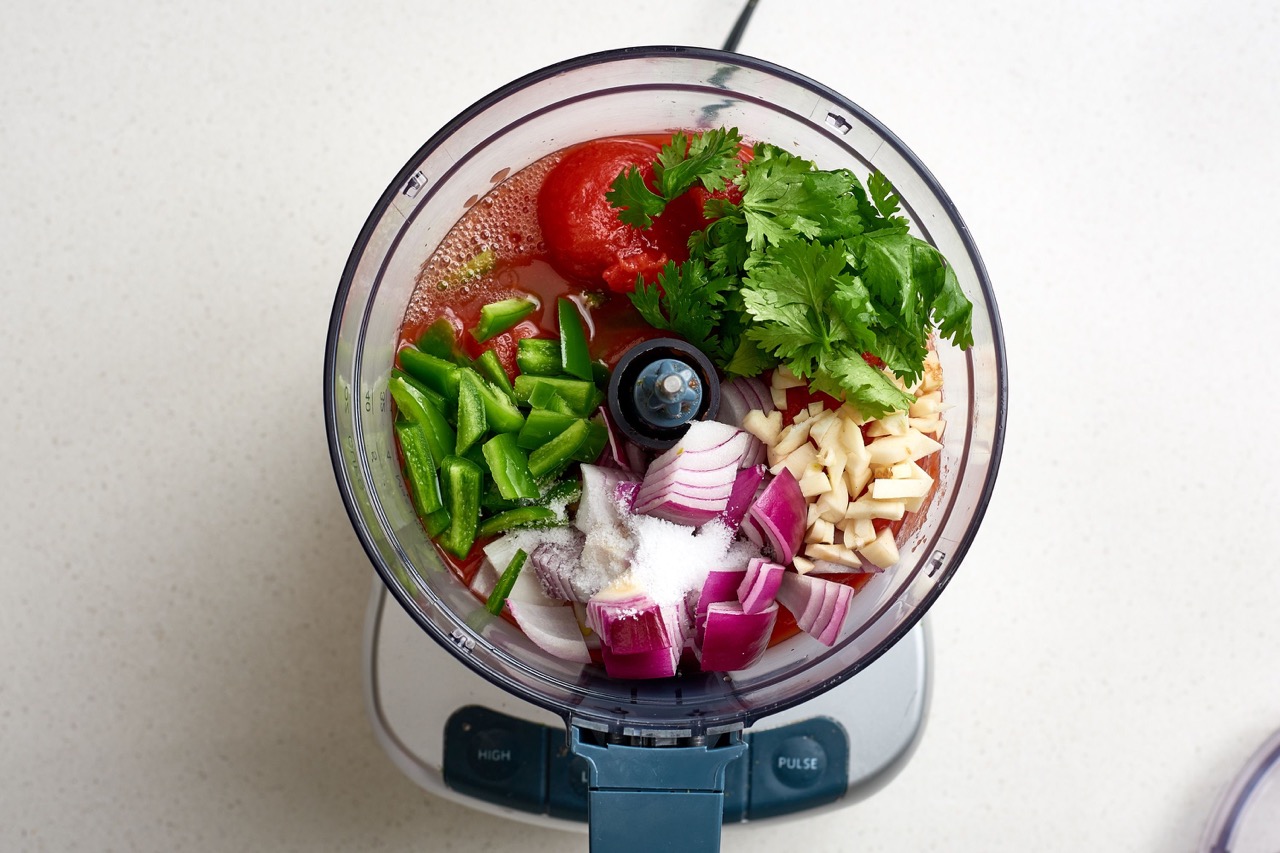
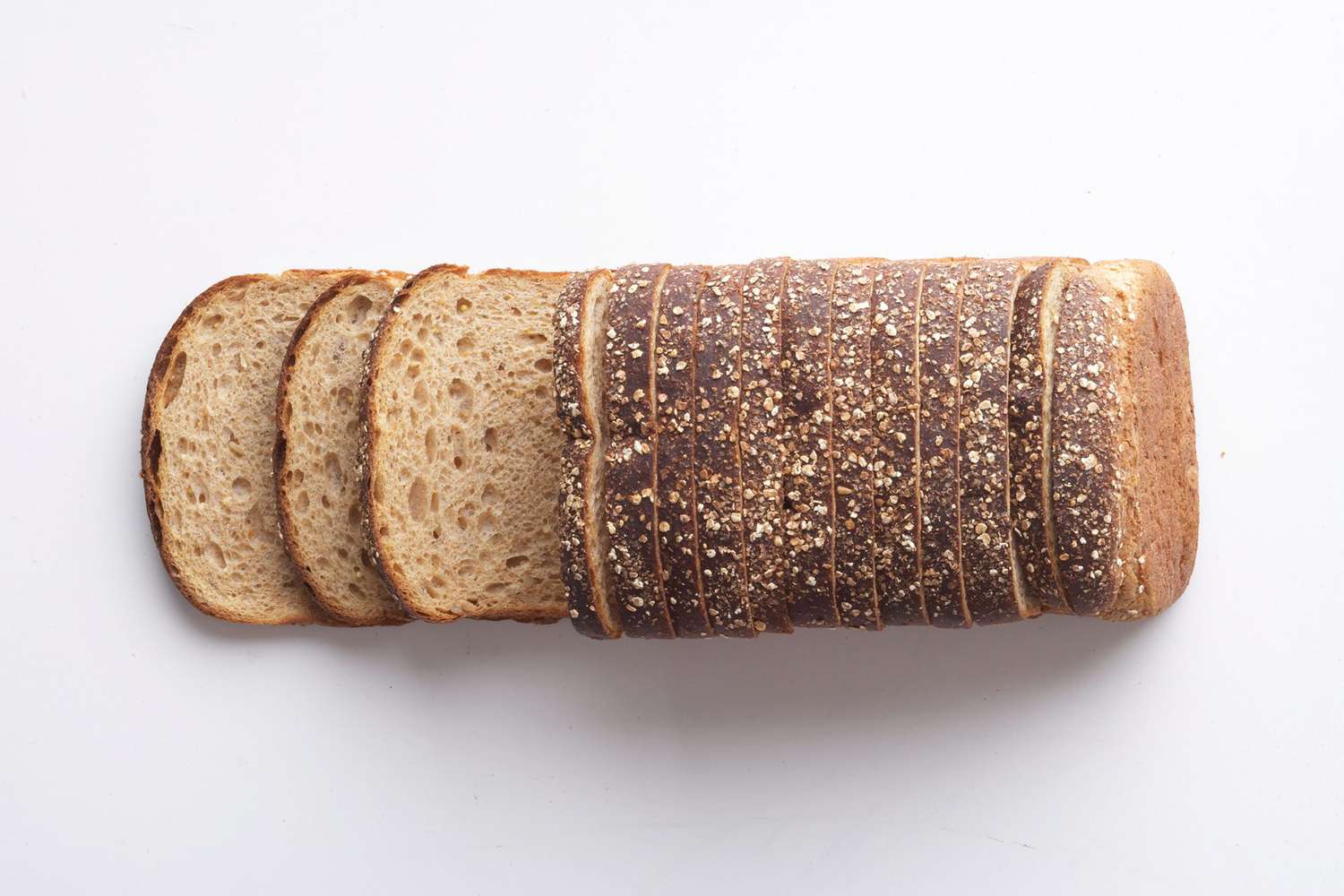
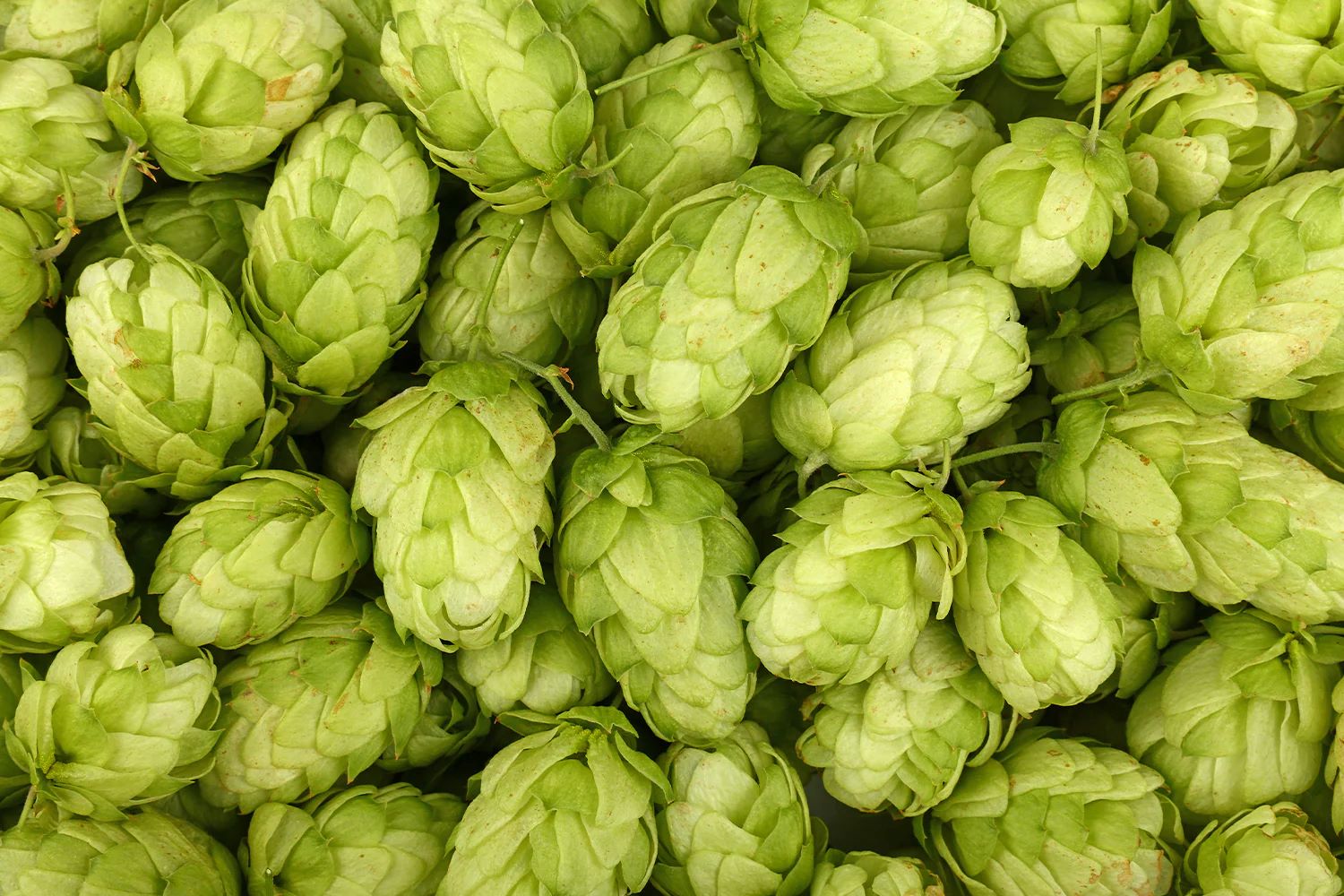
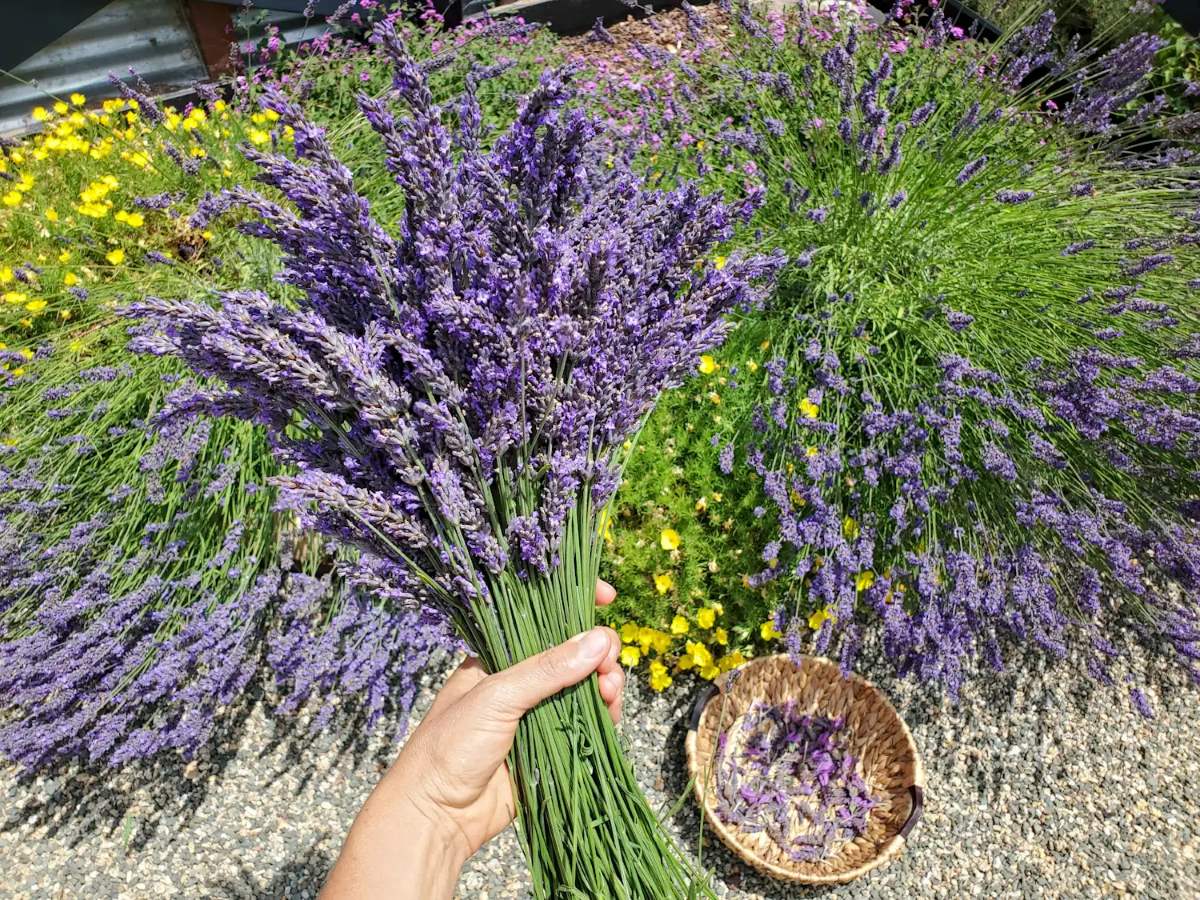
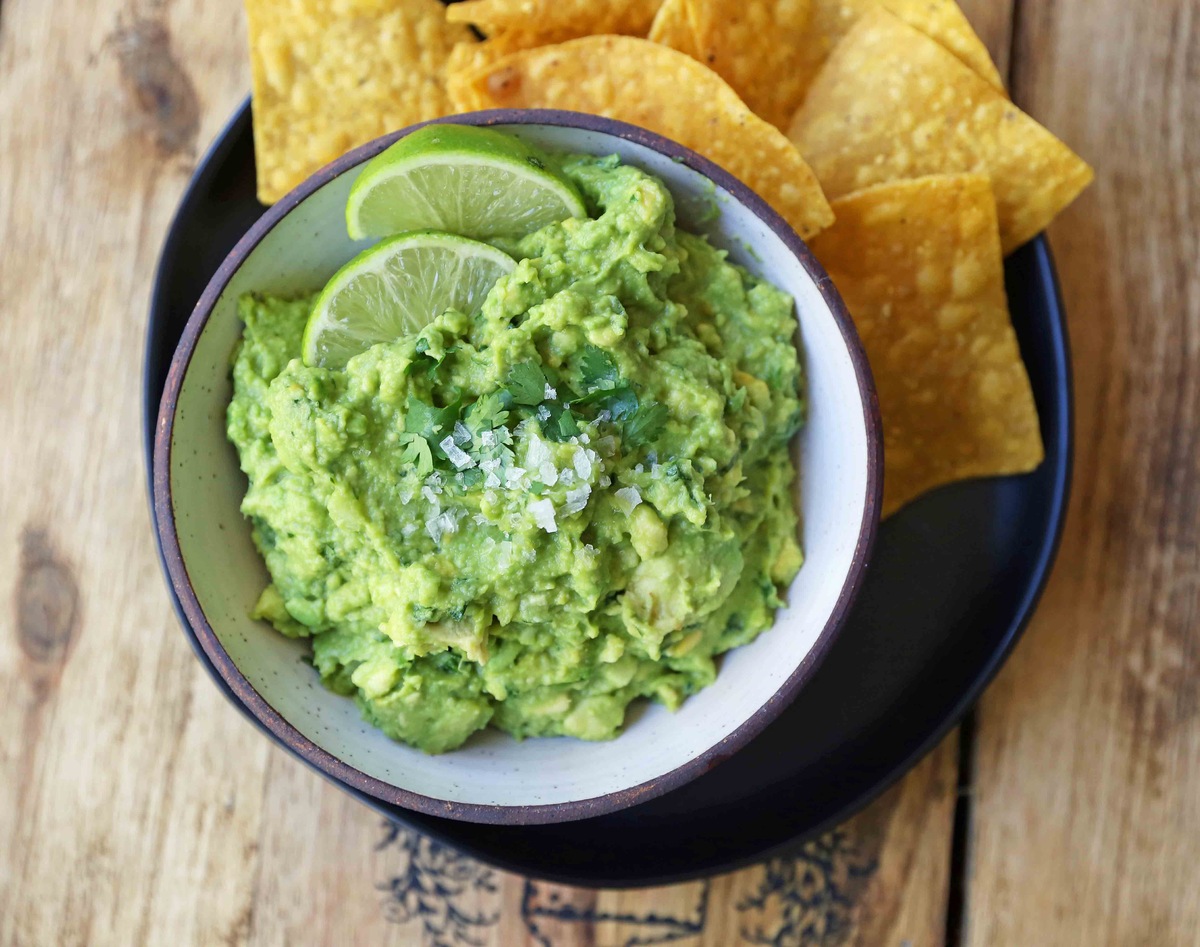
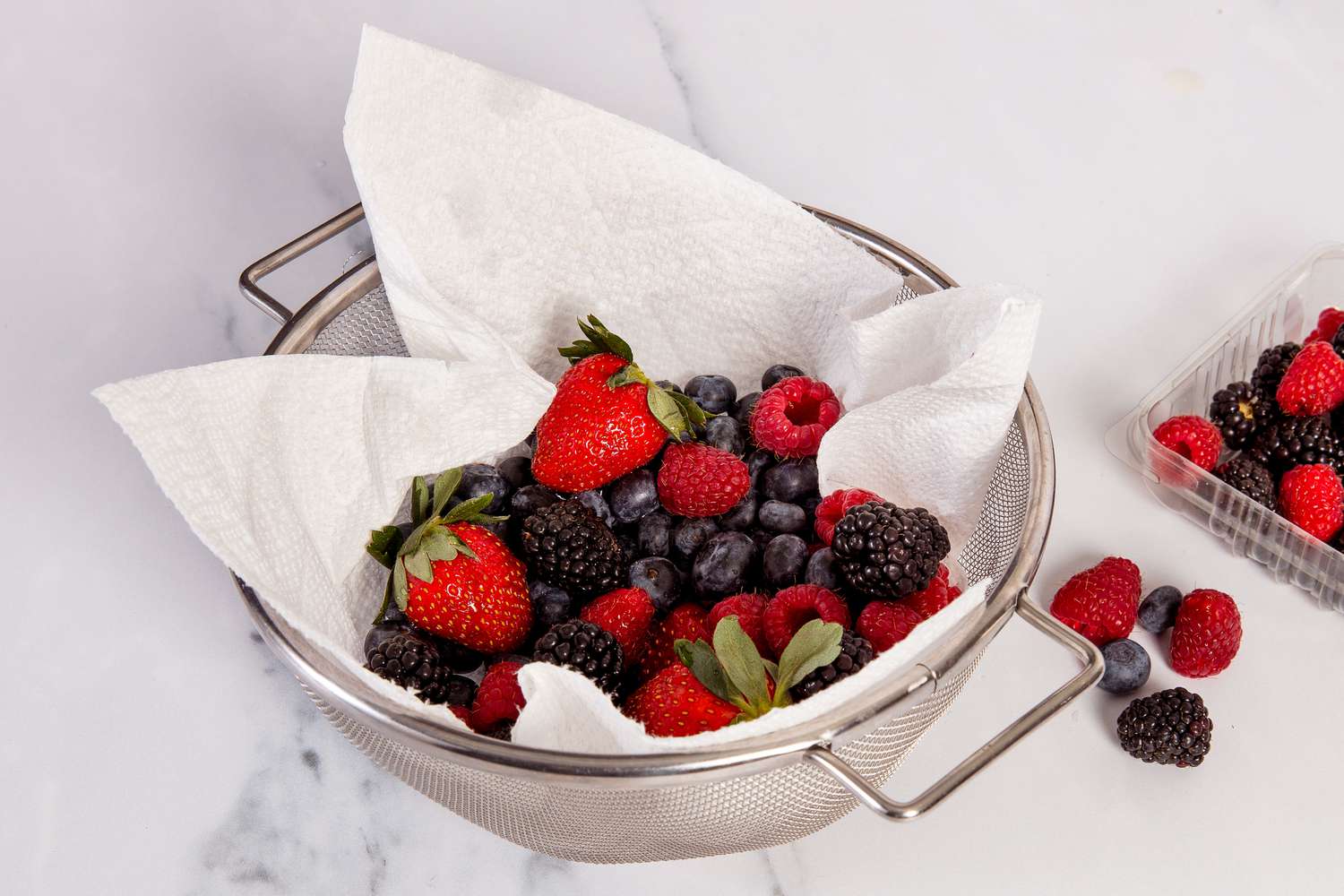
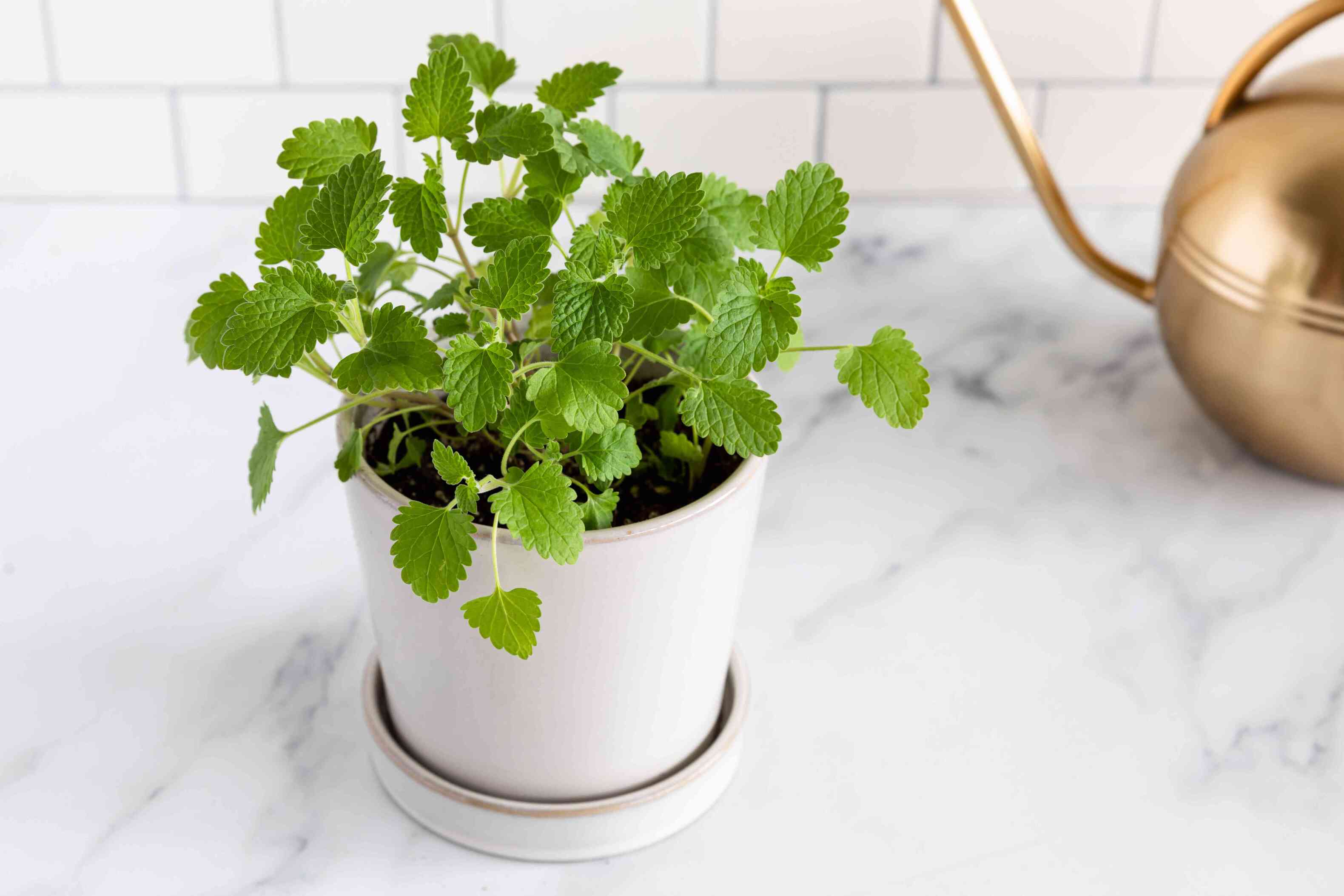
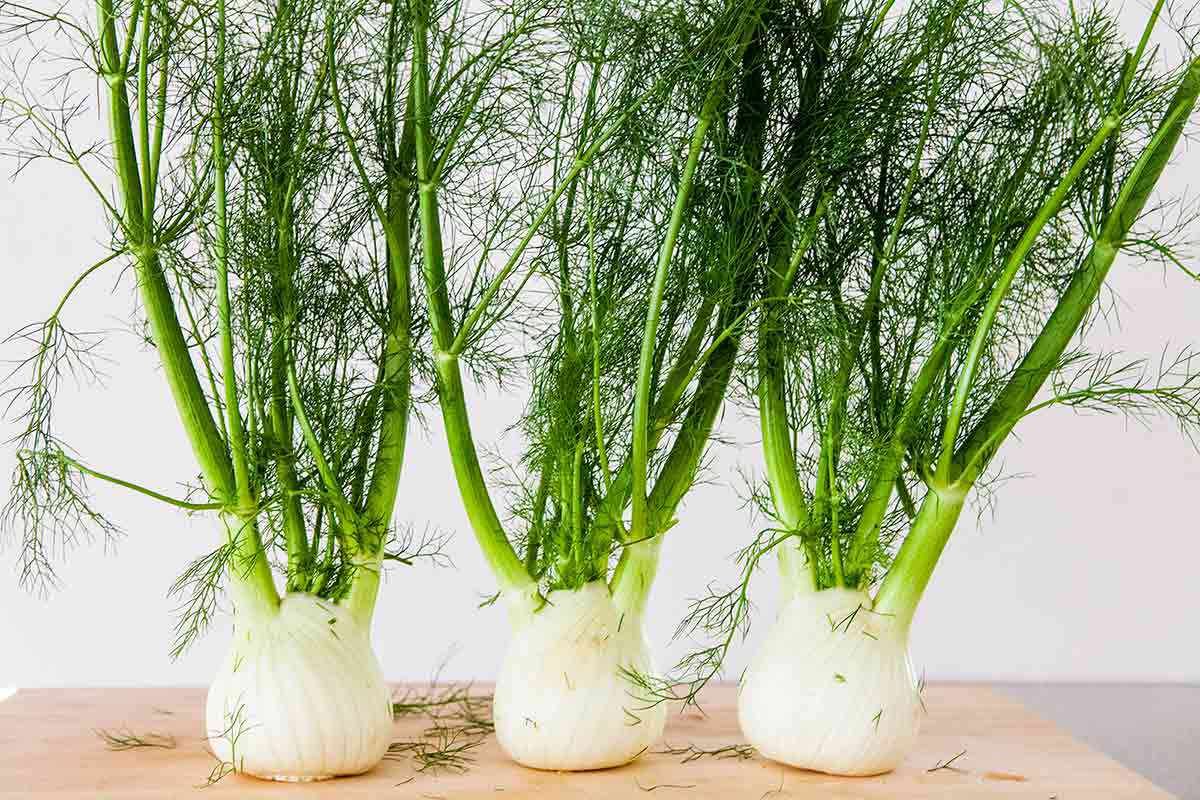
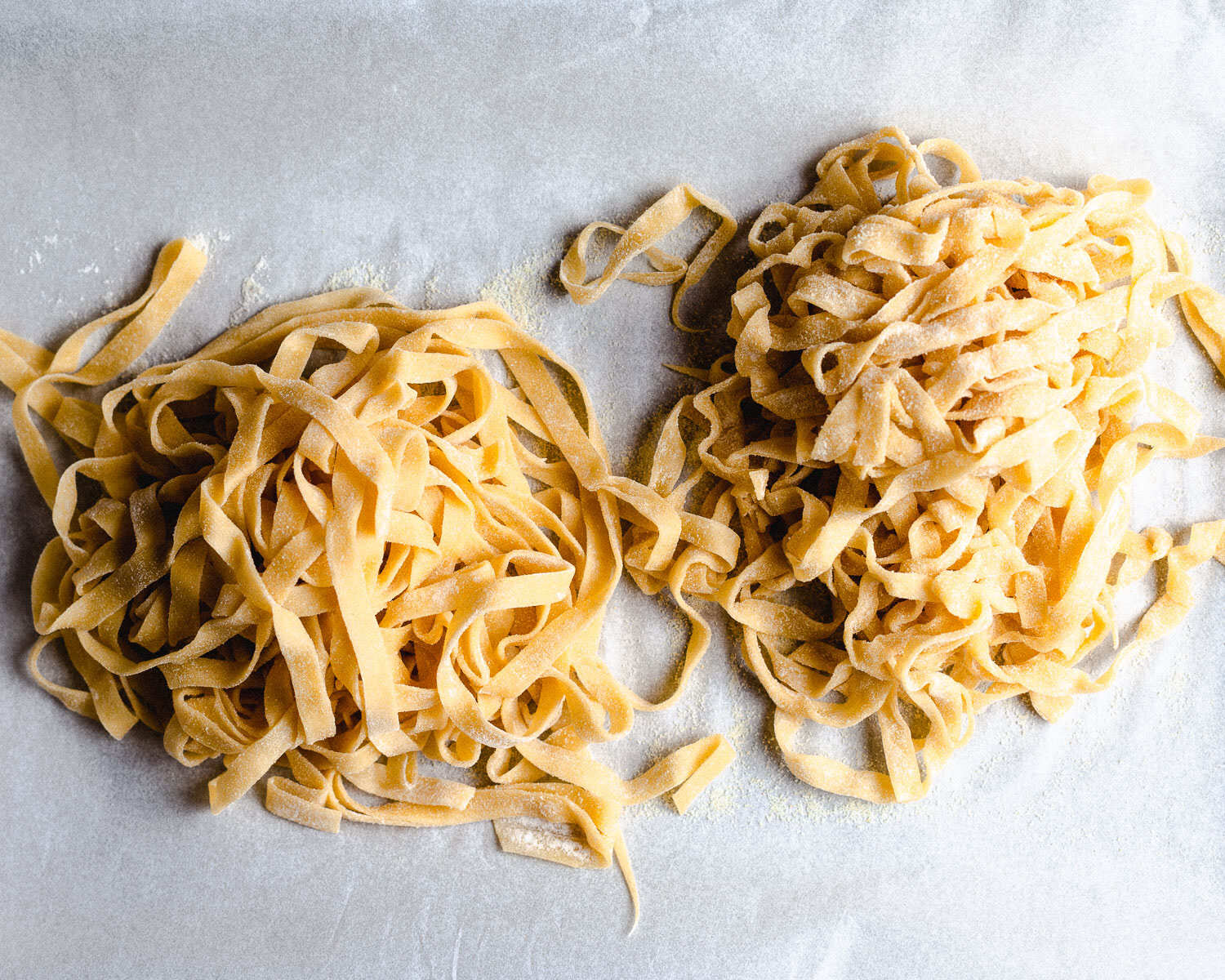
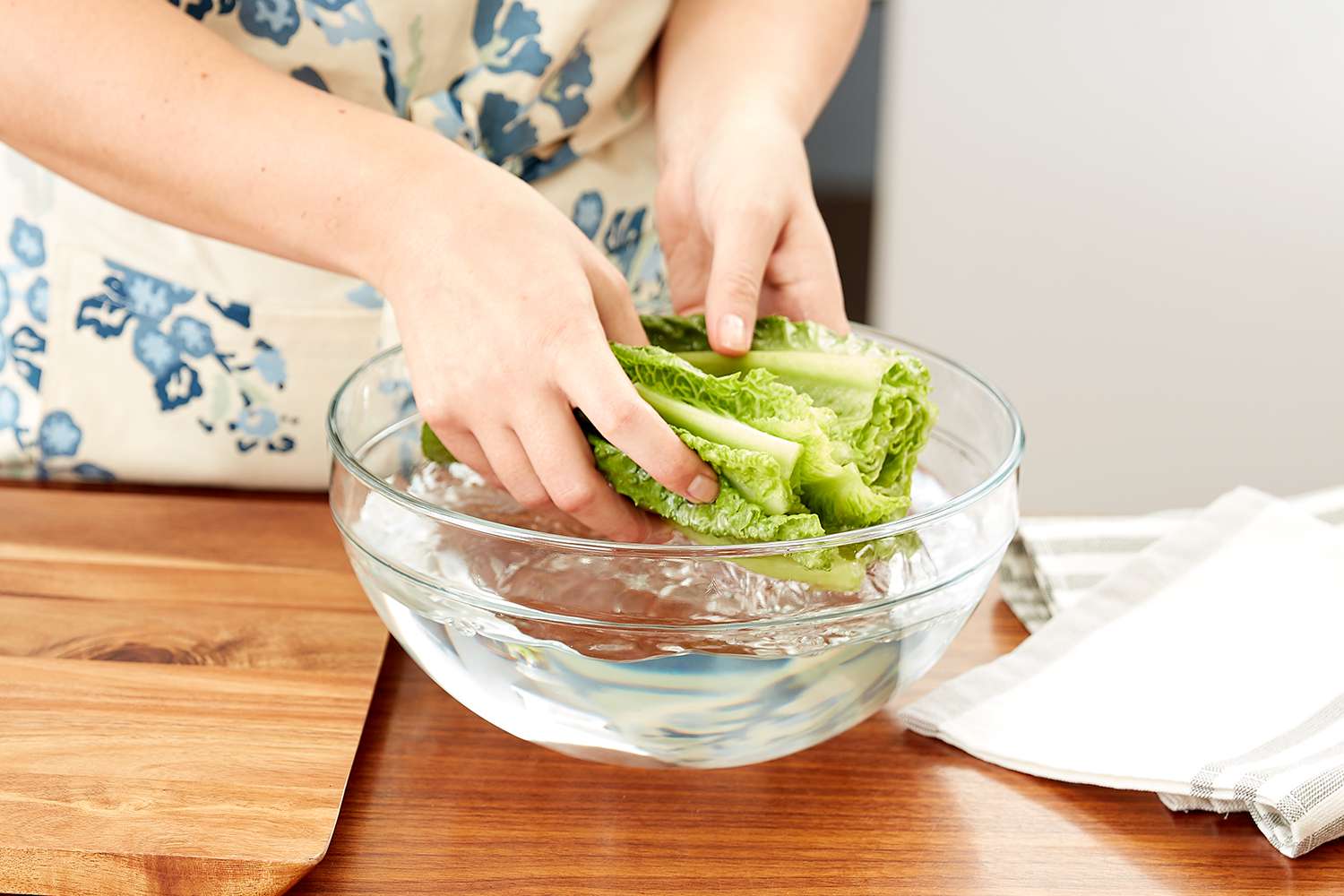
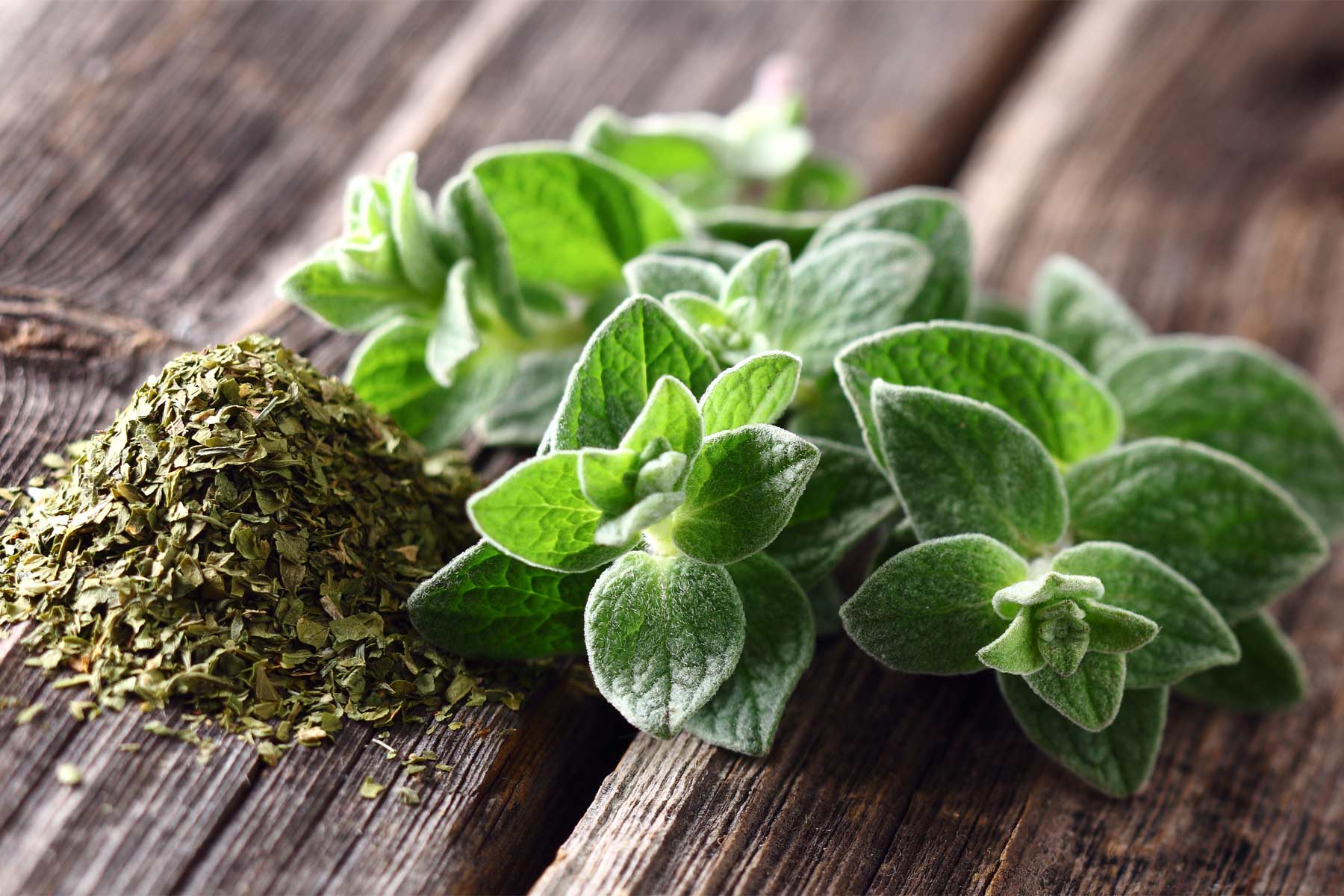
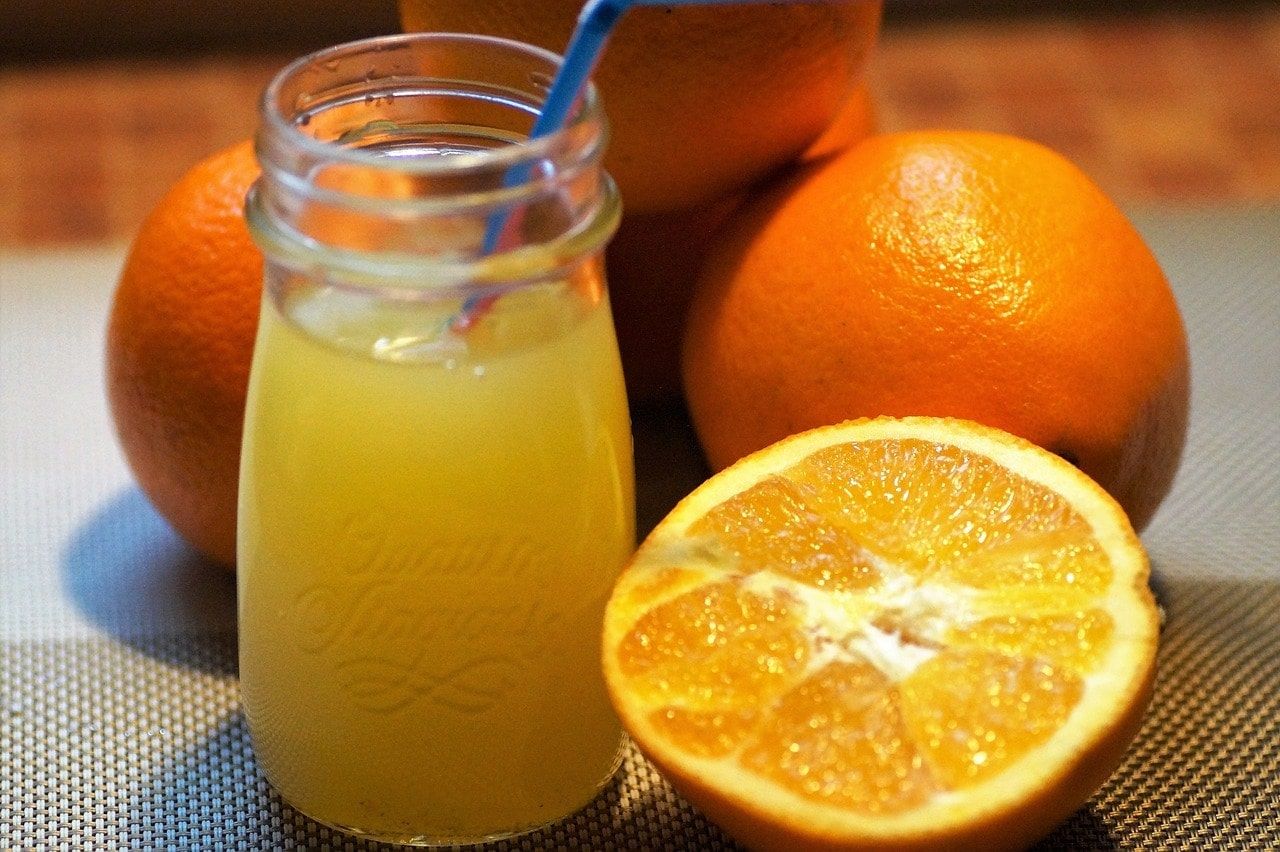
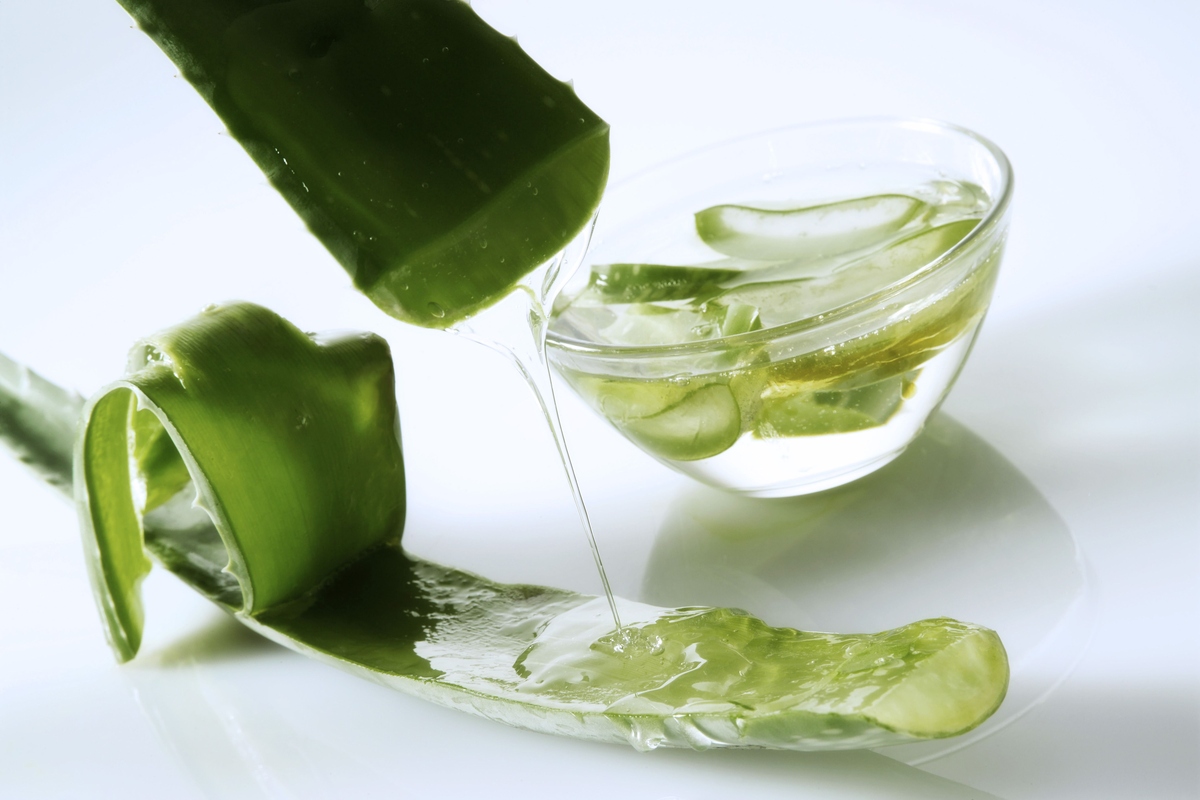

0 thoughts on “How To Store Fresh Salsa”